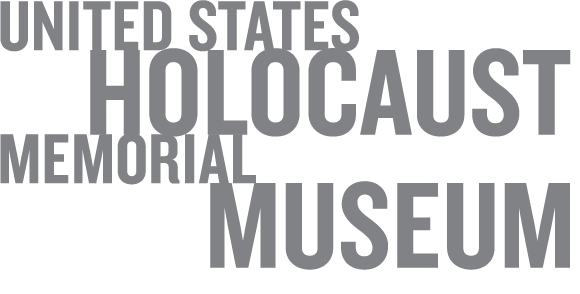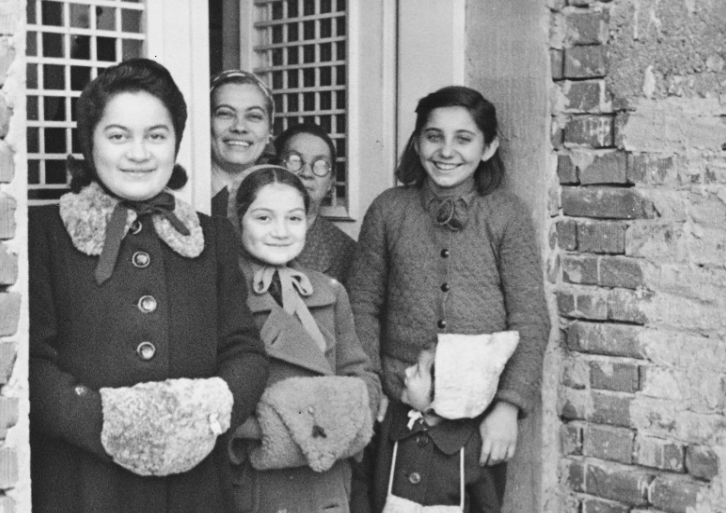
Holding on to Humanity
The Nazis’ efforts to isolate, persecute, and destroy Europe’s Jews involved evicting them from their homes and isolating them in overcrowded ghettos lacking basic necessities like food, sanitation, and medical care. Many did not survive the ghettos. Some who did were sent from a ghetto to an even worse fate at a killing center. Others remained trapped in the ghetto for years—and worked together to maintain some sense of civilization. The individuals pictured are celebrating their high school graduation in the Bedzin ghetto in 1941. They had secretly continued their studies, despite schools being forced to close. Genia Pinski (front left) and her mother eventually escaped, but many others did not and were sent to Auschwitz.
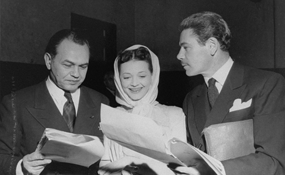
Bringing Truth to Light
The Nazis and their collaborators had already murdered millions of Jews across Europe when Oscar-winning Jewish screenwriter Ben Hecht learned of their fates in late 1942. A poll showed that only 48 percent of Americans believed the news. For Ben, it was a call to action. He wrote the dramatic pageant “We Will Never Die” to raise awareness. It premiered in March 1943 with support from a coalition of organizations and a large cast and orchestra. At least 100,000 Americans saw the show. Others listened to it on the radio or saw it in the news. Public pressure soon intensified for America to respond to Nazi atrocities.
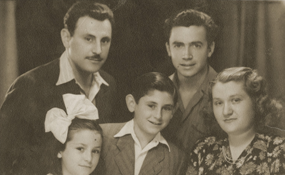
Journey to Safety
Mosa Mandil fled his home in Serbia with his wife and two young children in 1943 to escape the Nazis. He found work in a photo studio in Albania, a Muslim-majority country known to welcome Jews. But the family’s respite was short-lived, as Germany soon invaded Albania, placing them in peril again. Refik Veseli, a 16-year-old photo apprentice working with Mosa, asked his parents to hide the Mandils in their home in the mountains. They agreed—and their generosity saved the Mandils’ lives. After Mosa and his family returned to Serbia and re-opened their own photo studio, Refik joined them to complete his professional training.
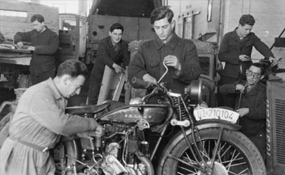
Starting from Scratch
At a time when Holocaust survivors had lost everything—families, homes, communities, and careers—displaced persons camps offered a lifeline of rehabilitation and renewal. These camps became hubs of activity offering a range of practical courses, from sewing to carpentry, that helped survivors forge new paths forward. Many classes were taught by fellow displaced individuals who had worked in a given field before the war. “No one in the camps had a home or income, but still they mustered their resources and hopes for a new future,” wrote Holocaust survivor Martin Weiss.
